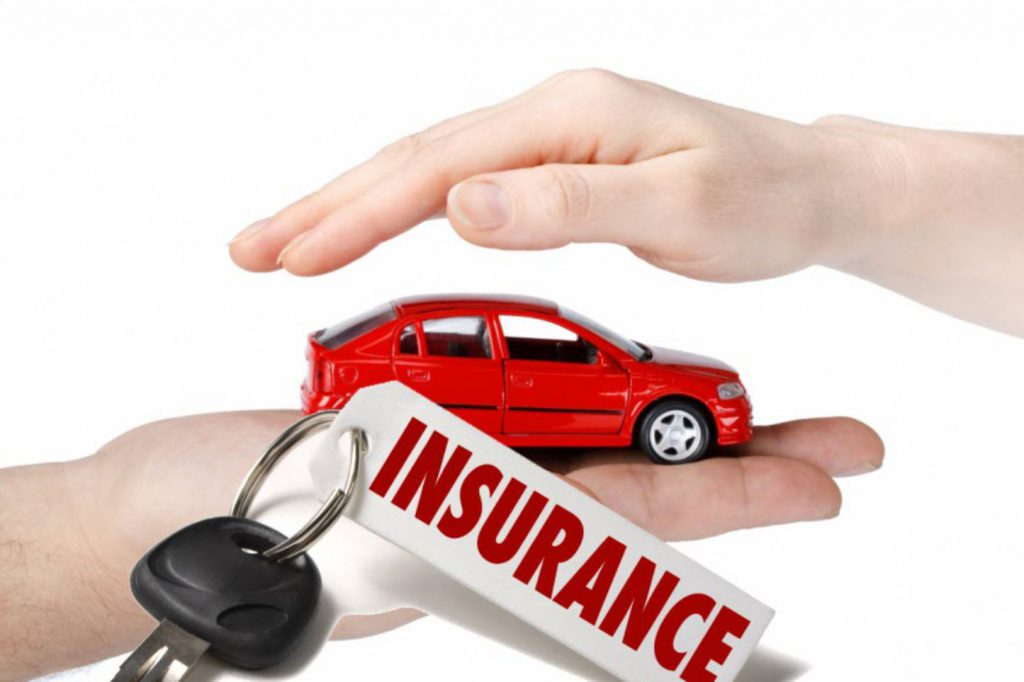
Car insurance policies can be confusing and overwhelming, but understanding them is essential to ensure you have the right coverage in case of an accident or damage to your vehicle. In this comprehensive guide, we will break down the intricacies of car insurance policies and help you make informed decisions. Whether you’re a new driver or an experienced one, this guide will provide you with the knowledge you need to navigate the world of car insurance.
Chapter 1: Types of Car Insurance Coverage
1.1 Liability Coverage
Liability coverage is the most basic type of car insurance and is required by law in most states. It provides financial protection if you are responsible for causing an accident that results in injury or property damage to others. This coverage typically includes bodily injury liability and property damage liability.
1.2 Collision Coverage
Collision coverage pays for repairs or replacement of your own vehicle if it is damaged in a collision with another vehicle or object, regardless of who is at fault. This coverage is especially important if you have a newer or more expensive car.
1.3 Comprehensive Coverage
Comprehensive coverage protects against damage to your vehicle that is not caused by a collision, such as theft, vandalism, natural disasters, or falling objects. It is often required if you have a car loan or lease.
1.4 Personal Injury Protection (PIP)
Personal Injury Protection, or PIP, covers medical expenses and other related costs for you and your passengers if you are injured in a car accident. It may also cover lost wages and funeral expenses.
Chapter 2: Understanding Policy Terms and Conditions
2.1 Deductibles
A deductible is the amount you must pay out of pocket before your insurance coverage kicks in. Higher deductibles often result in lower premium costs, but it’s important to choose a deductible that you can afford in case of an accident.
2.2 Policy Limits
Policy limits refer to the maximum amount of coverage your insurance company will provide for a particular type of claim. It’s important to understand your policy limits and make sure they are sufficient to protect your assets.
2.3 Exclusions
Exclusions are specific situations or events that are not covered by your insurance policy. Common exclusions include intentional acts, racing, and driving under the influence of drugs or alcohol. Make sure to review the exclusions in your policy carefully.
Chapter 3: Tips for Saving on Car Insurance
3.1 Comparison Shopping
Insurance rates can vary significantly between different companies, so it’s important to shop around and compare quotes from multiple insurers. This will help you find the best coverage at the most affordable price.
3.2 Bundling Policies
Many insurance companies offer discounts if you bundle your car insurance with other policies, such as homeowners or renters insurance. This can result in significant savings.
3.3 Safe Driving Discounts
Maintaining a clean driving record and completing defensive driving courses can often lead to discounts on your car insurance premiums. Safe driving habits can not only keep you and others safe on the road but also save you money.
Conclusion
Deciphering car insurance policies may seem like a daunting task, but with the information provided in this guide, you’ll be equipped to make informed decisions about your coverage. Remember to carefully review your policy, ask questions, and consider your specific needs and budget. By understanding the ins and outs of car insurance, you can drive with confidence knowing you’re protected.


Leave feedback about this